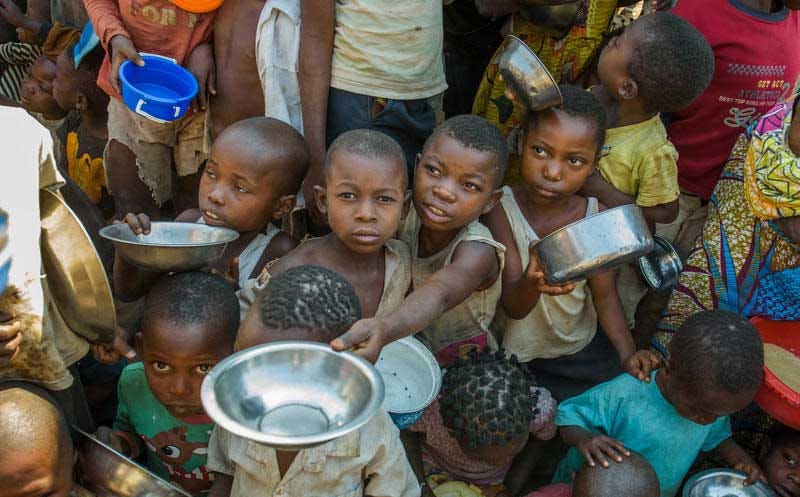Poverty: Meaning, Causes, and Measure
By James Chen (Investopedia)
The term poverty refers to the state or condition in which people or communities lack the financial resources and other essentials for a minimum standard of living. As such, they cannot meet their basic human needs.
People and families who live in poverty may go without proper housing, clea…





